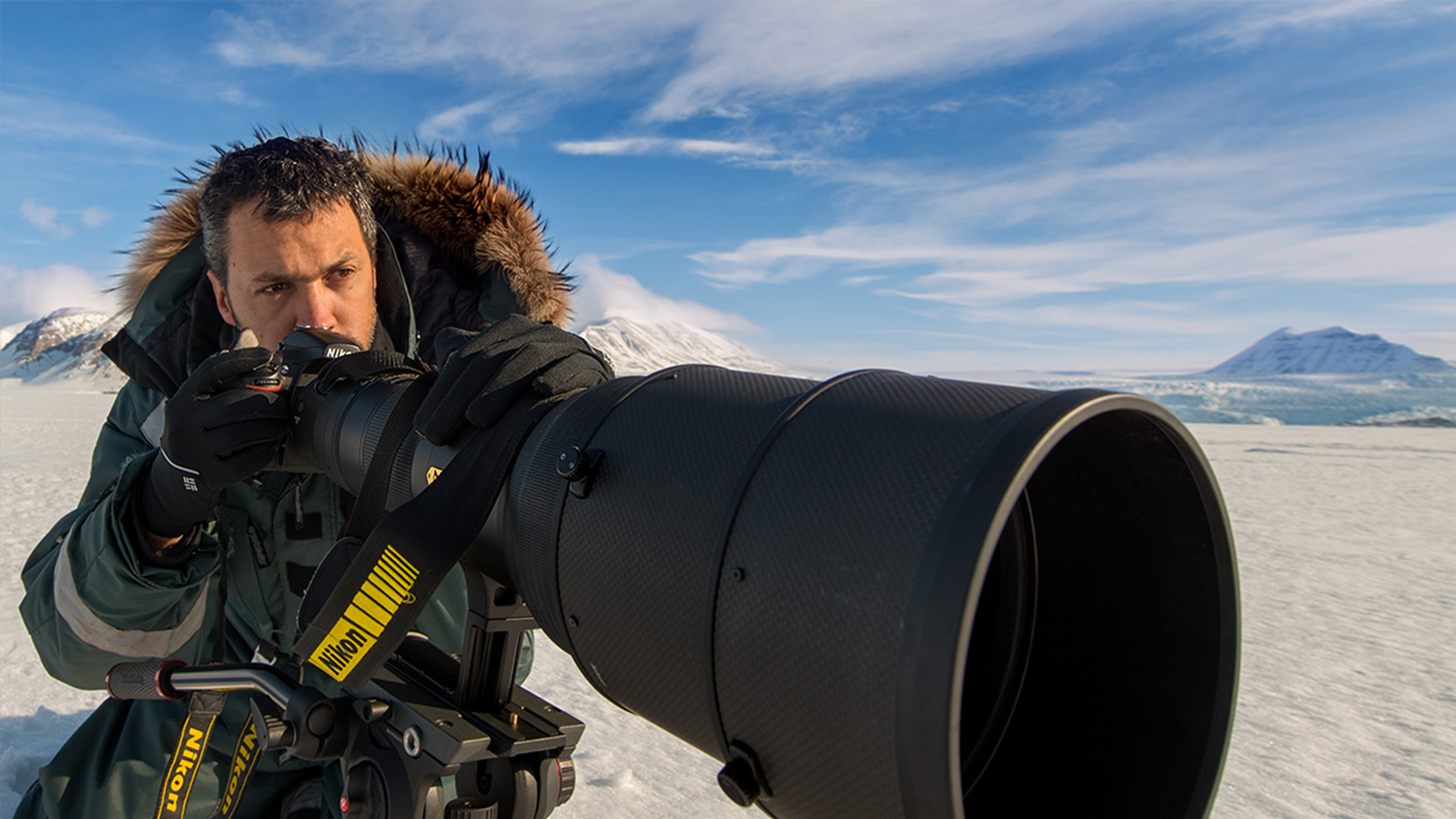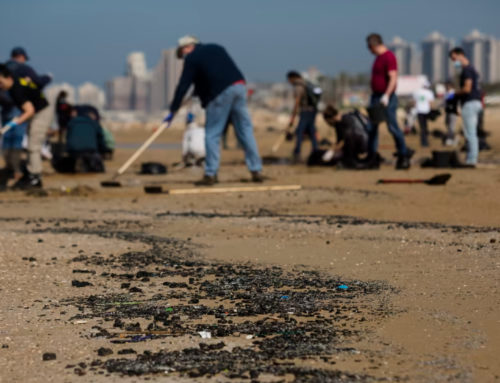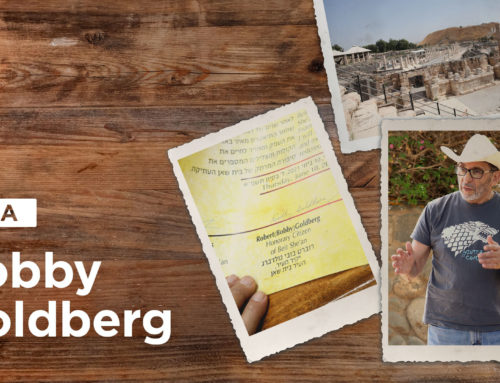
ROIE GALITZ Q&A
On this Earth Day we want to remind everyone how important saving our planet is, especially our beloved animals with whom we share this planet with.
This Earth Day we had the pleasure of sitting down with Roie Galitz, superstar wildlife photographer, master educator, and an incredible spokesperson for conservationist movements around the globe. He asked him about his life, but more importantly about the state of the environment and the people are doing what they can to save it.
Question: What an accomplishment to be the owner of the largest photography school in Israel! What/Who inspired you to pick up a camera? Did you have any mentors that helped you along the way?
Answer: I like photography and I wanted to infect people with the photo bug and there’s no better way of doing that, by opening a photography school to teach them methods that I keep dear to my heart. My mentors are every photographer out there, you see so many people with huge talent sharing their passion and that is what I love to do. The mentor is my photography inner child. Photography is not just technique, it’s not just academic, it’s fun, it’s a hobby, it’s a passion, it’s a way of sharing your world’s view with the world. It’s so romantic, freezing that moment for eternity.
Question: What made you switch from photographing jewelry to getting up close and personal with wild animals?
Answer: Photographing jewelry is honestly boring, and I couldn’t find a click, pun intended. And I love wildlife and nature and when you compare the two, sure Jewelry is way more money, but there is no substitute for your soul.
Question: When did your passion for conservation start?
Answer: I was always interested in conservation and the environment but I wasn’t an environmentalist, global warming and climate change were just buzzwords. But when I was in Svalbard in the North Pole, year after year, in 2014 I saw the huge change happening in front of my very eyes, and I couldn’t ignore it anymore. It was a slap to the face, and I knew I had to do something about it, this is real!
Question: Tell us about your involvement in Greenpeace. How did you get started with them?
Answer: When I started becoming an environmentalist I started shouting out as loud as I could, but I didn’t feel that I was making the impact I wanted. This was why I joined a bigger, stronger organization with a huge reputation like Greenpeace. I was fortunate enough to become the global ambassador to the north and south pole. And I think that together we can achieve so much more than working alone, and we need that amplification of the cause that we are fighting for.
Question: What is the current climate in Israel surrounding nature conservation? How does it compare to nature conservation movements you’ve seen around the world?
Answer: When you talk about the general perception of nature conservation in Israel, you have to remember that we have such a diverse population so we have a lot of different opinions. People know we have to protect nature but it always comes at a cost. We are trying to emphasize the cost of not protecting our environment. I think people are becoming more susceptible to the idea, even at the cost of giving up single use plastics, coal, etc. But people are starting to understand that without our environment we cannot continue living here.
Question: Is there one moment or encounter that you consider the most impactful to your work and mission?
Answer: Every year when I go to Svalbard, I see Polar Bears struggling to survive. When I see them reducing in numbers or on melting sea ice, or on mud instead of snow, I see that they are starting to disappear in front of our eyes. I think this is one of the things that most motivates me, they are like the canary in the coal mine. Without protecting them we might ruin it for the rest of us.
Question: What do you think is the reason for your success on Instagram?
Answer: Well I think that in the last 10-15 years, our means of communication have become way more visual with social media. We have Facebook, Instagram, Tik Tok, etc, so we communicate with photos with images, and when somebody presents pleasing images and cool fluffy animals, people enjoy watching that. And that is my means of getting people involved, I want to get people to fall in love with the animals that I meet and photograph. Then emphasize the concept that we are losing them as climate changes.
Question: What is the best way people can help wild animals and their habitats? What efforts do you make in your daily life that others could emulate?
Answer: There is a lot that we can do. It starts by reducing our carbon footprint and using public transport, and do whatever we can. Recycle and even better than recycle, reuse. If you want to help out INHFA in protecting nature, sadly protecting nature needs a lot of money, because we are fighting an uphill battle against people and companies of interest. To create the sea turtle hospital and to revitalize the lives of endangered animals, of course you can donate to INHFA and help us save Israeli nature.
Question:Tell us about your involvement in the INHFA. What are the main objectives of your work?
Answer: So as much as I talk as an environmental diplomat, and I’ve spoken at the UN, and I’ve done 3 Ted Talks, and I’ve been talking and talking and talking but that is just not enough. And I think that INHFA is at the core of activism in not just saving the planet, but saving our home in Israel, and I think that by doing enough talking and going beyond the talks and raising money and acting to save the environment. While recreating the Ibex, the fallow deer, the vultures and the Sea Turtle hospital, I think we are actually making an impact and not just talking.
Question:Any fun animal stories you can share with us?
Answer: There are so many, especially involving cubs, I mean I just love cubs, and they run around, they fall on each other, they bite each other, and they cry and they run to mommy. And every single time, every single day I see fun stories. But the most hilarious animal I ever photographed is an elephant seal. Because they look a little human, like with big noses and funny faces. And they make the funniest faces, while crawling and burping and it’s just hilarious, this is comedy in action.
Question:Where do you see the future of endangered animals in Israel – why is it important to join our (INHFA’S) efforts now if we continue as we have been? What organizations can people look to in order to help these species?
Answer: I don’t know if you know, but in the last 100 years, we have lost so many species in Israel. We lost cheetahs, yes we had cheetahs in Israel until 1959, we lost leopards, we lost bears in 1909, we lost crocodiles, we lost so many animals and we keep losing more and more everyday. The otter is just now going extinct in Israel. But I think in this day and age, when people are becoming more and more active and people start to care more for the environment, through orgs like INHFa, we have rehabilitating the populations, and reintroducing populations with the Israel Nature and Park Authority, like the fallow deer, and the orix, and we are reclaiming the populations of the Griffon Vultures in the Golan heights, and we are working for many other species that I hope we will introduce in the future. Because when we are aware and when we can raise the funds, nothing can stop us.
For those that are interested in taking action and not just talking, you can actually go with Roie on one of his incredible wildlife adventures. Every time he goes to shoot now he is also guiding people that want to see wildlife up close, and understand why they truly need our help. You can go to his website here to learn more.



